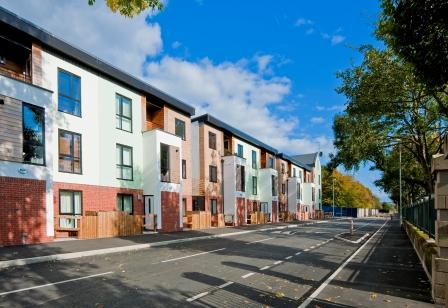News

The Secrets of Stamp Duty
Once again, stamp duty has hit the headlines with reports released this week suggesting the tax paid when buying a property is damaging the housing market.
Stamp Duty Land Tax, or SDLT, is charged by the Government on any residential property sold for more than £125,000 and is estimated to raise more than £3bn for the Treasury each year.
The amount charged varies on the price paid for a property – homes sold for £125-250,000 attract a duty of 1% of the sales price increasing up to 7% on properties sold for more than £2m.
With newly released figures showing one in four homebuyers paid £7,500 many commentators have argued the tax discourages first-time buyers from entering the market and existing homeowners from trading up.
Unlike the majority of levies there is no sliding scale in place. Put simply, buy a property for £250,000 and you’ll pay £2,500 (1%); pay £250,001 and the rate applied is 3% leaving you a bill for a whopping £7,500.
There have been some recent relaxations of the rules in an attempt to stimulate the housing market. In September 2008, George Osborne increased the threshold to £175,000 for a little over a year and in 2010 a two-year initiative was introduced where the tax was abolished on all homes under £250,000 bought by a first-time buyer.
While these initiatives are no longer available there is a little known quirk in the system which could financially benefit those looking to buy a property.
In 2001, in an attempt to encourage investment in regeneration projects, the Government identified several hundred electoral wards across the UK as ‘disadvantaged areas’ where the starting point for SDLT was increased. Buy a property in one of these areas for £150,000 or less and you’ll avoid stamp duty completely.
While the term ‘disadvantaged’ may be off-putting to some, look beyond the tag and you’ll discover hidden surprises in often up-and-coming areas. These include parts of Kensington & Chelsea, Westminster and Oxford as well as former industrialised areas such as Gateshead, Coventry and Hull.
One such area to have benefited from the scheme is Ordsall in Salford, Greater Manchester.
In recent years this once-troubled estate, located just a few minutes’ walk from trendy Salford Quays and MediaCityUK, has undergone a startling transformation led by developer LPC Living and Salford City Council.
More than £100m has been invested in the area to build more than 600 affordable homes at developments including Hulton Square (pictured above) and Quay 5 in addition to new shops, healthcare and education facilities. With the majority of three-bed townhouses priced £150,000 or under LPC’s developments have unsurprisingly proved popular with first-time buyers who have been able to save themselves up to £1,500.
Scott Neal, marketing manager for LPC Living, the award-winning developer owned by the Pervaiz Naviede Family Trust, said “For many stamp duty comes as a disproportionate and unfair cost at a time when every penny counts. By doing your homework and looking at areas undergoing regeneration not only can you find excellent value for money, you can also save yourself cash”.
To find out more or to check if an area falls into this category visit the HMRC website.

